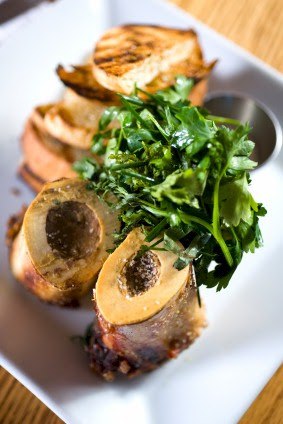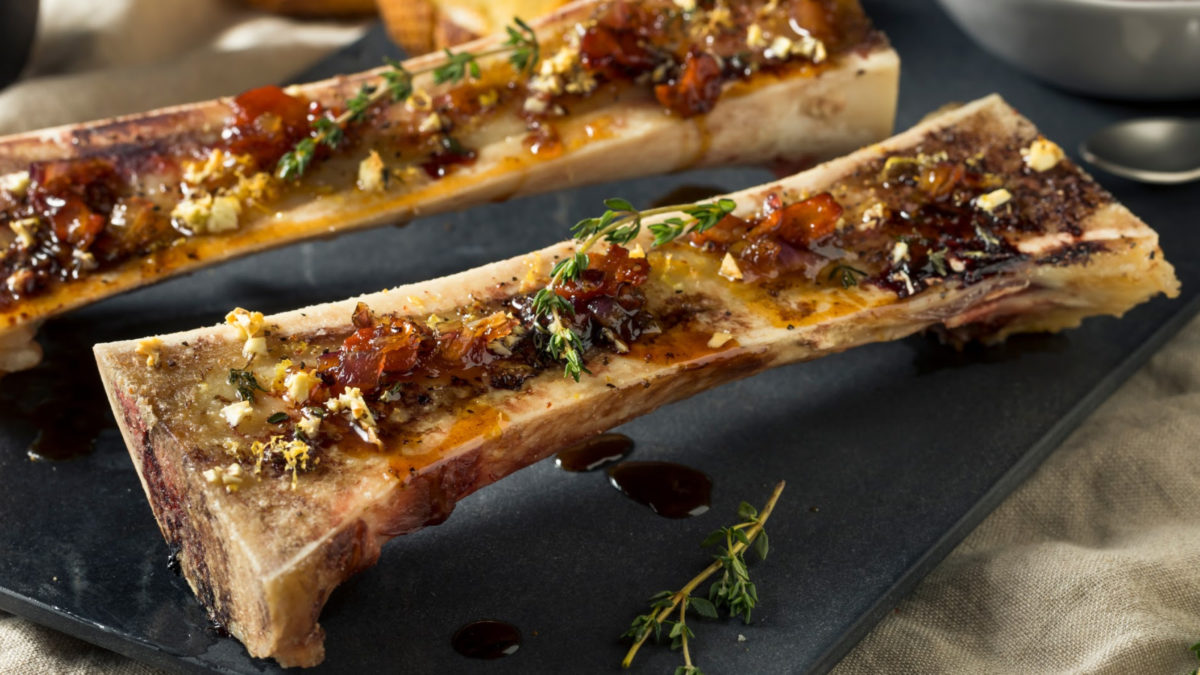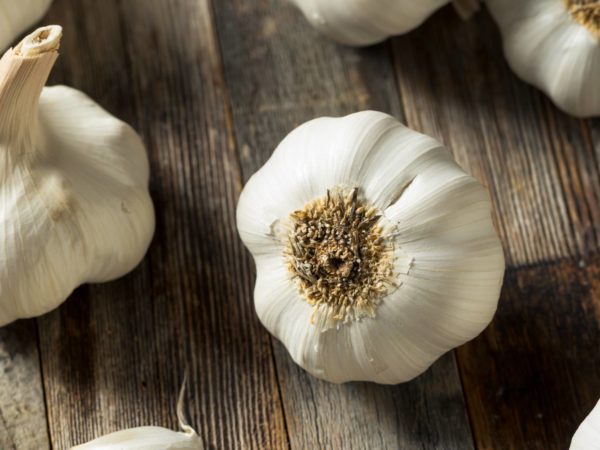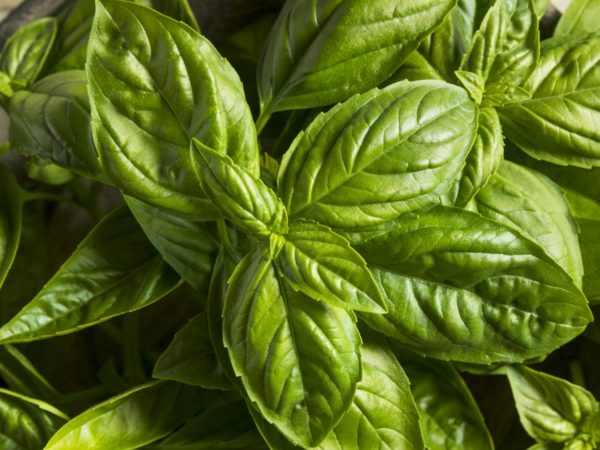Bone Marrow: A Trendy Superfood That Powers Your Brain
There is a new food trend that has taken the culinary world by storm in recent years. And it’s one that might surprise you…
Bone marrow.
Once relegated to the soup pot (or saved for Man’s Best Friend), bone marrow has re-emerged as haute cuisine. It has made star appearances at Wine and Food festivals… it was featured in Anthony Bordain’s best-selling book The Last Supper where he says:
If God made butter it would taste exactly like bone marrow.
And of course, it’s commonly seen on Paleo plates from Pasadena to Providence.
And while you will find this rich ingredient at farm-to-table and nose-to-tail restaurants nationwide, you need not spend a fortune to enjoy the silky, luxurious delicacy.
At around $7.50/lb. you can add deep flavor to a wide variety of recipes. At the same time, you’ll infuse your body with an unparalleled source of nutrients. In fact, many modern-day researchers give credit to bone marrow, for helping humans to evolve and grow our outsized brains.
Bone Marrow: How We Built a Bigger Brain

During the Pleistocene period, our early ancestors spent the majority of their metabolic resources digesting plant matter. All of that roughage required a lot of energy to break down. But it offered very little in the way of calories, protein or fat.
The result: Our vegetarian primate ancestors had larger digestive system… and a much smaller brain (roughly the size of an apple).
Then something amazing happened. These early hominids were not yet advanced enough to construct tools and hunt. But by watching animals like vultures pick apart a carcass and crack into bones, they learned to scavenge and retrieve the calorie-dense sources of fat and protein found in marrow and organs.
Because these native fats and proteins took less effort to digest and provided exponentially more nutrients , their metabolic resources could be allocated to more important things… like building a bigger and more powerful brain.
Consider this: A three-ounce serving of bone barrow contains nearly 500 calories, around 7 grams of protein and over 50 grams of fat (most of which is monounsaturated). And that’s not all – it is also a smorgasbord of fat-soluble nutrients (including vitamins A, E, K and D) that fuel the heart, protect cells and boost the immune system.
In fact, bone marrow plays a very special role in immune health, thanks to its rich concentration of alkylglycerols. These unique, fat-like compounds have been used medicinally for centuries. They are known to boost the production of immune cells, red blood cells, and platelets. They are also found in breast milk and have been shown to boost antibody levels in nursing young.

Seven Ways to Add Bone Marrow to Your Culinary Repertoire
If you haven’t tried bone marrow yet, you may be hesitant because you’re not sure how it will taste or you have no idea how to prepare it. Well, don’t be hesitant… because not only is it exceedingly easy to prepare, the taste and flavor are to die for.
In fact, bone marrow is often lovingly called “beef butter.” Three-star Michelin chef Eric Ripert refers to its unique slightly sweet, mineral taste spread on a baguette as simply “heaven”.
And while enjoying an appetizer of roasted bone marrow, sprinkled with high-quality salt, right out of the oven is hard to beat (350 F for 15 minutes), here are six other ways to incorporate this ingredient in your cooking.
- Mashed Faux-tatoes: Add roasted bone marrow to mashed potatoes (preferably sweet potatoes) or cauliflower mashers for a creamy, indulgent dish. If it’s not rich enough for you, add an extra pat or two of Kerrygold butter.
- Osso Buco: The literal translation of Osso buco is “bone with a hole”. This traditional dish is a great way to sneak in bone marrow for those with a less adventurous palate.
- Bordelaise Sauce: The classic (and surprisingly simple) French red-wine sauce gets its unique flavor from bone marrow. Serve over your favorite cut of steak (teres major is mine) for a gourmet meal that will impress a chef.
- Paleo Ravioli : Incorporate roasted bone marrow with ground grass-fed beef or lamb (and raw cheese, if you eat dairy) to make a rich and delicious filling for Paleo Ravioli (check out Cappelo’s Gluten Free).
- Soups, Sauces & Veggies: Whisk cooked marrow into any soup or sauce, or “melt” it over your favorite vegetables for a satisfying and delicious dish. (Bonus: The fat in marrow boosts your body’s absorption of the cancer-fighting carotenoids found in colorful veggies.)
- Rich, Flavorful Stock : After roasting bone marrow, add the bones to a slow cooker with high quality sea salt and filtered water for a mineral and fat-rich broth. Cook on low for at least 24 hours to extract the mineral content from the bones.
Enjoy grass-fed bone marrow frequently and you’ll not only imbue your cuisine with chef-inspired flavors, but also enjoy amazing superfood benefits!





Does the “pressure canning” effect on already prepared bone broth made specifically for the gelatin and collagen nutrients, ruin those nutrients and the effects of the collagen. Or should bone broth which is made specifically for the purpose of the benefits of the collagen ONLY be refrigerated or frozen for storage? I can’t get an answer to this anywhere.
Hi Guion,
Thanks for your questions.
Nutrient retention is a very important factor I take into consideration when preparing foods. In fact, one of my books Smart Cooks Age Better discusses the various cooking methods and their benefits and drawbacks for a variety of ingredients and nutrients.
With this said, several studies have been done on nutrient retention and pressure cooking. A 2007 study published in the Journal of Food Science evaluated vitamin C retention in broccoli with five cooking methods. The researchers pressure cooked broccoli for two minutes and found that 92% of the vitamin C was retained in comparison to 78% vitamin C retention for conventional steaming.
Pressure cooker nutrients found that some of the nutrients in food that has been pressure cooked is transferred to the cooking liquid. For this reason, it is important to consume the liquid to maximize your nutrition.
Regarding refrigeration and freezing, I am unsure how this relates to the concern about potential nutrient loss from pressure cooking. Bone broth must be kept refrigerated or frozen or it will go bad.
Be Well,
Kelley
Thanks for your reply. Do I understand correctly that Bone Broth can ONLY be refrigerated or frozen, it should not, as a second step, be “canned” in a pressure canner? I see on the “pressure canner people” sites that many people DO pressure can their broth for storage. But my original question was by pressure canning ALREADY prepared bone broth in a pressure CANNER, NOT A PRESSURE COOKER, does that negate the effects of the collagen? Last summer, I did can some broth, but it was not specifically “bone broth” just the kind made from a couple of rotisserie carcasses, not from LOTS of bones and chicken feet–specifically to make BONE BROTH.. Should I not keep that broth? Or is it just the BONE type broth that should not be further canned in a pressure canner. Does your answer, excuse the pun, “boil down to”: do not preserve bone broth by pressure canning in a canner like an All-American official canner AT ALL?
I have only had bone marrow once, at a restaurant in SanAntonio and LOVED IT!!! Which bones have the most marrow? I will be making bone broth again–it’s been a while–and I roast the bones first, so I want to purchase the bones w/most marrow. Thank you
You are the best ! Thank you very much for your help and kindness